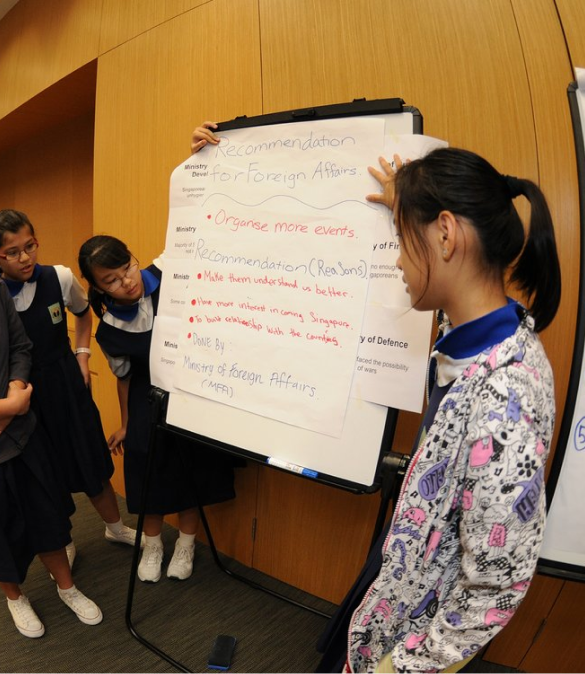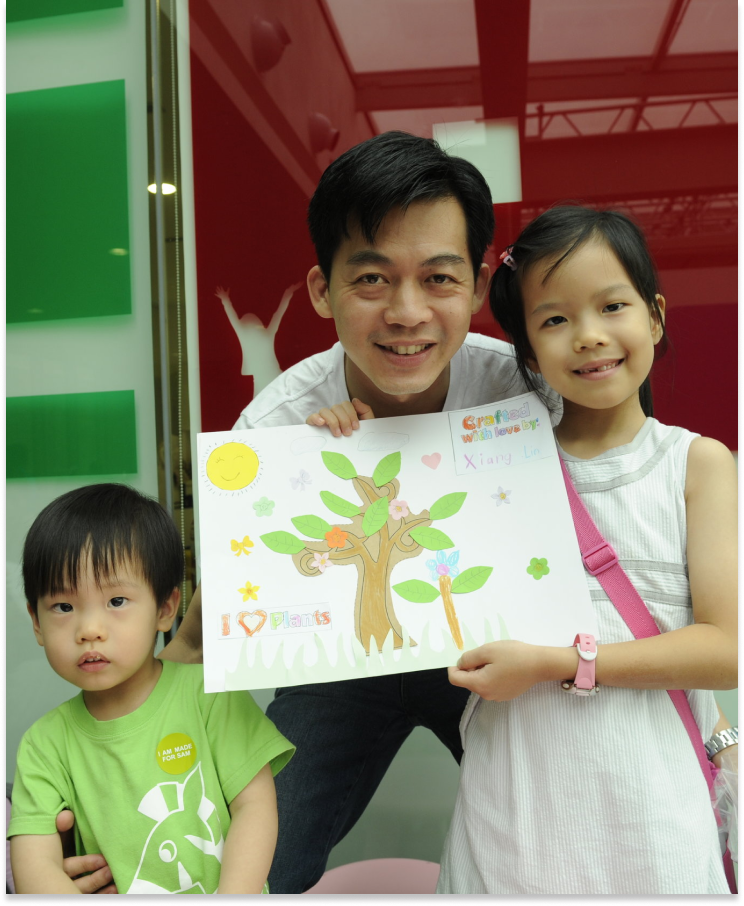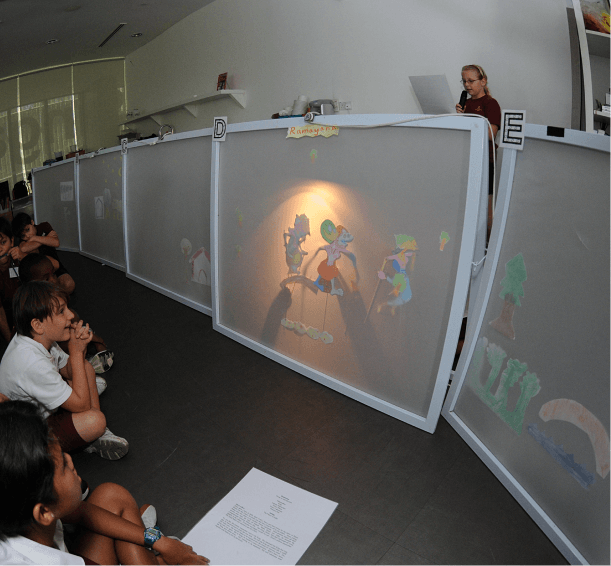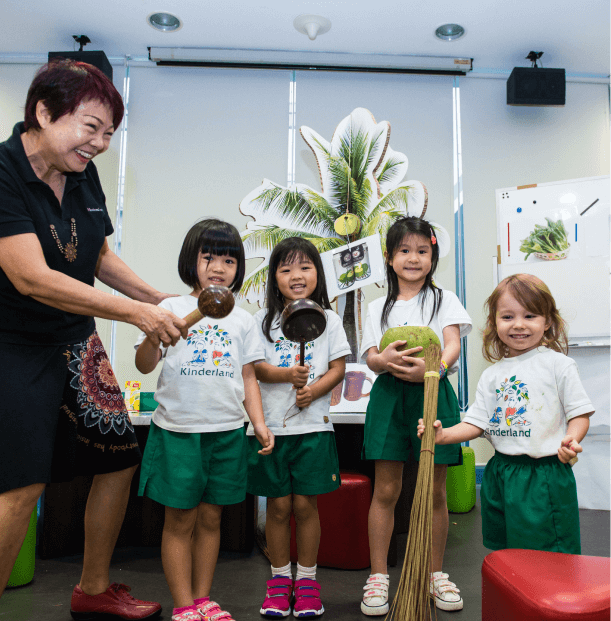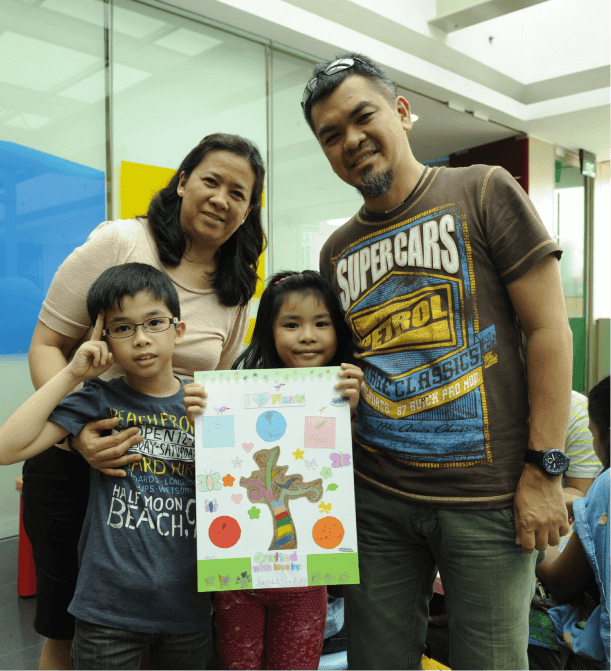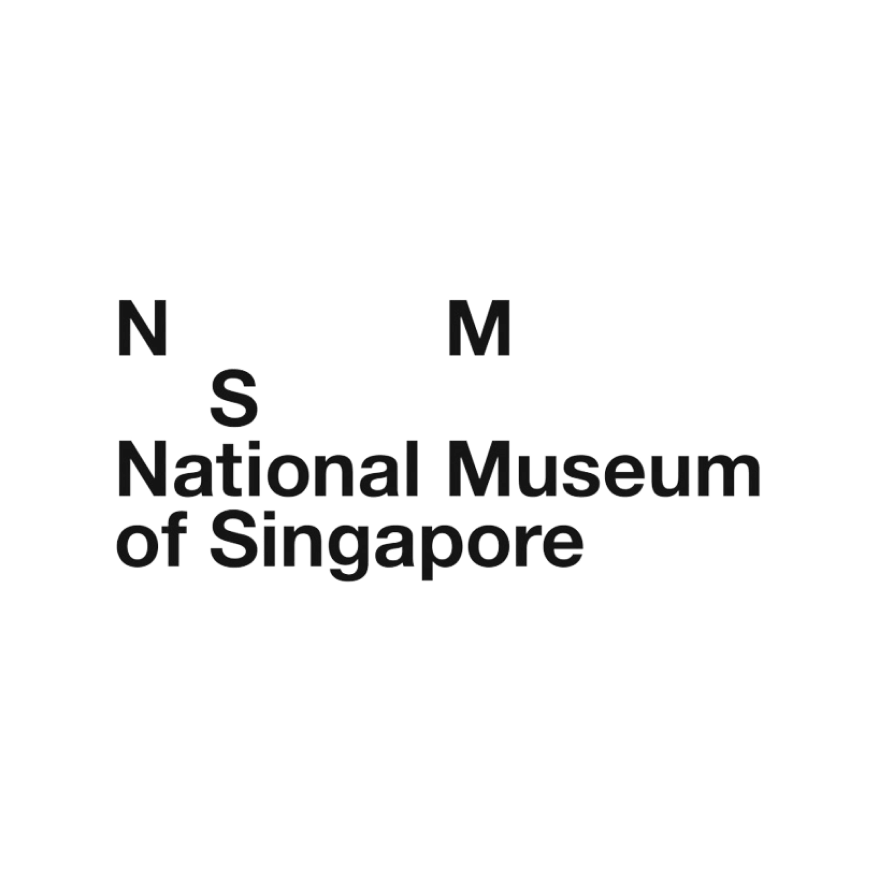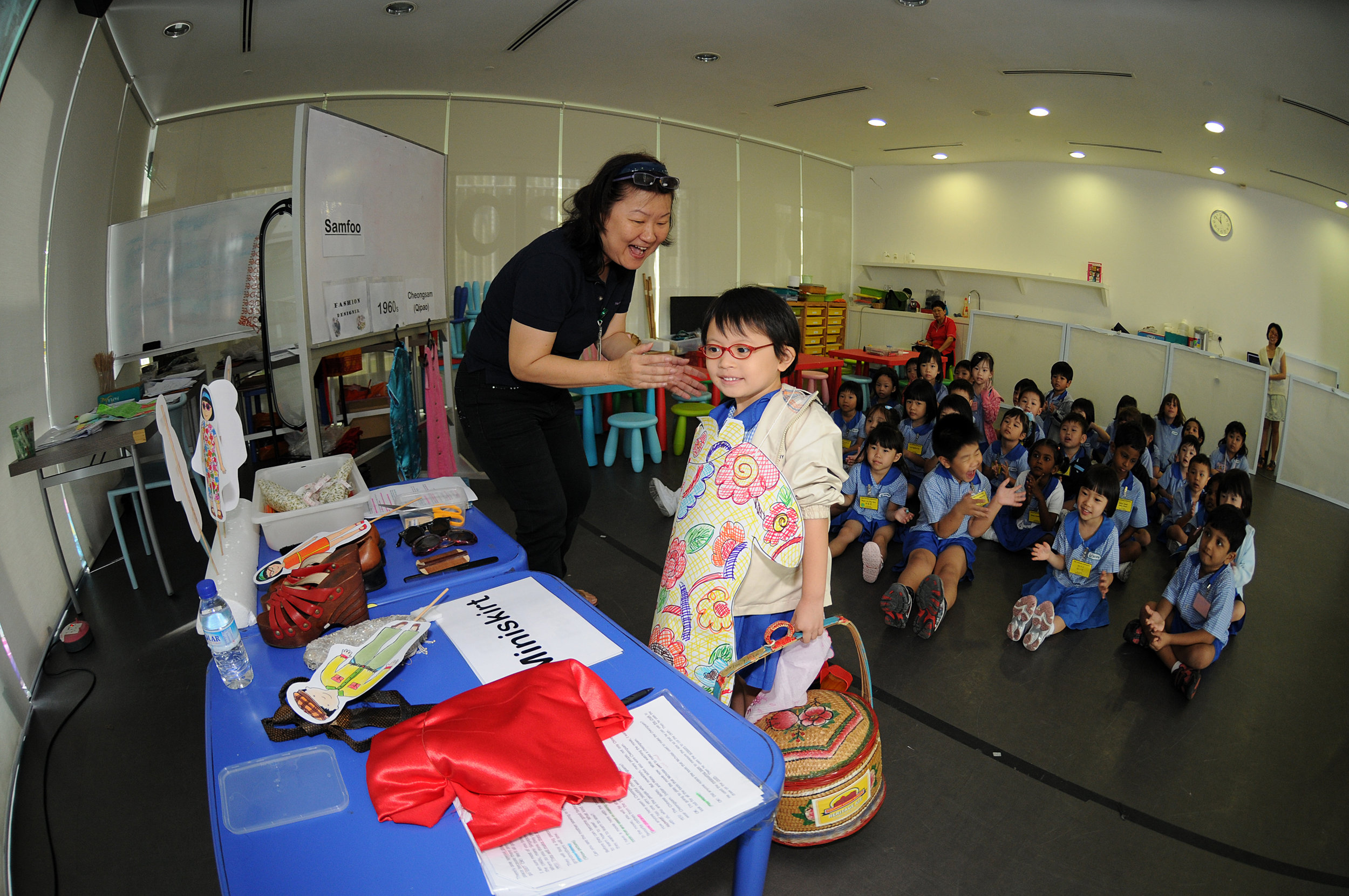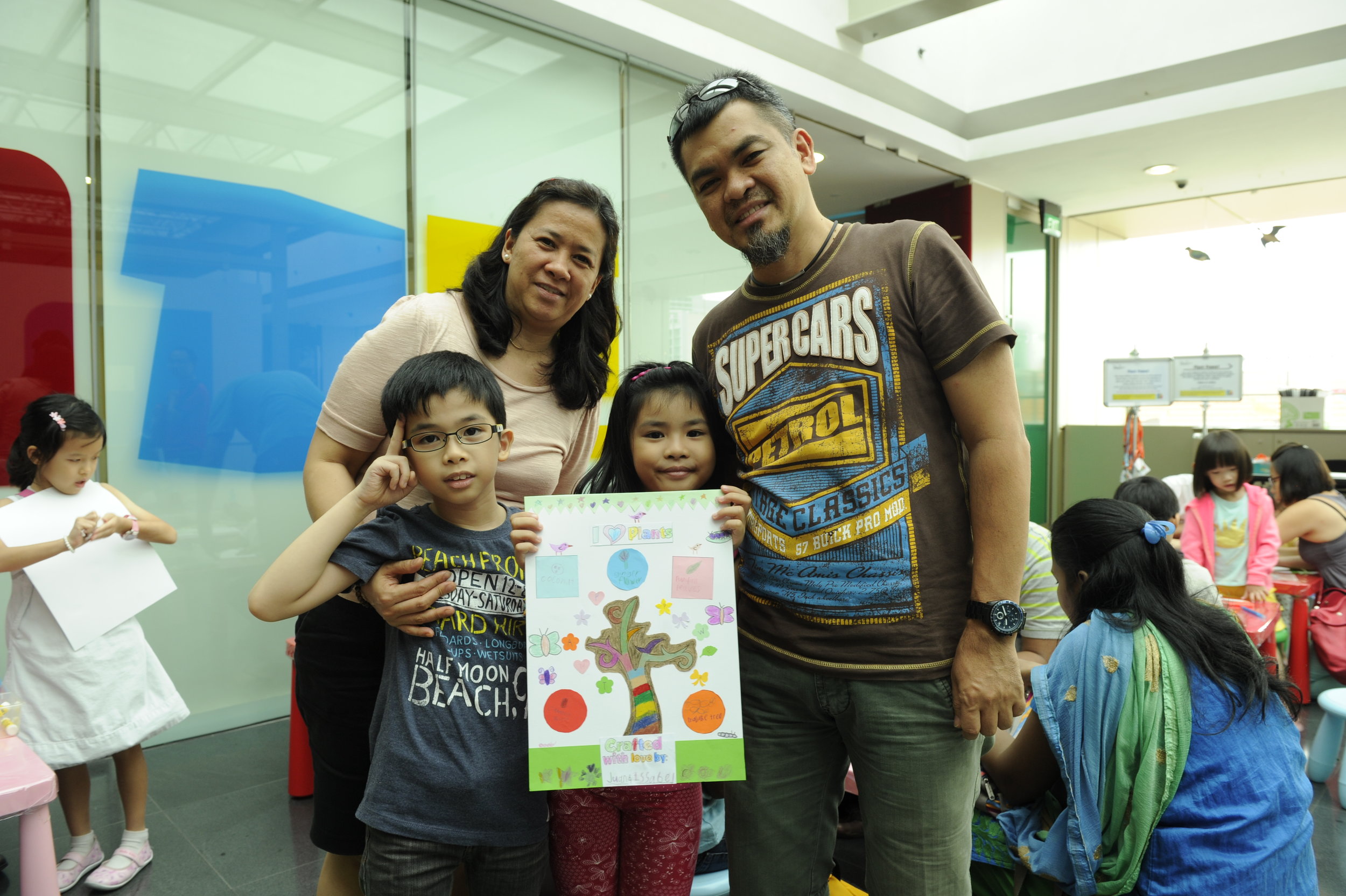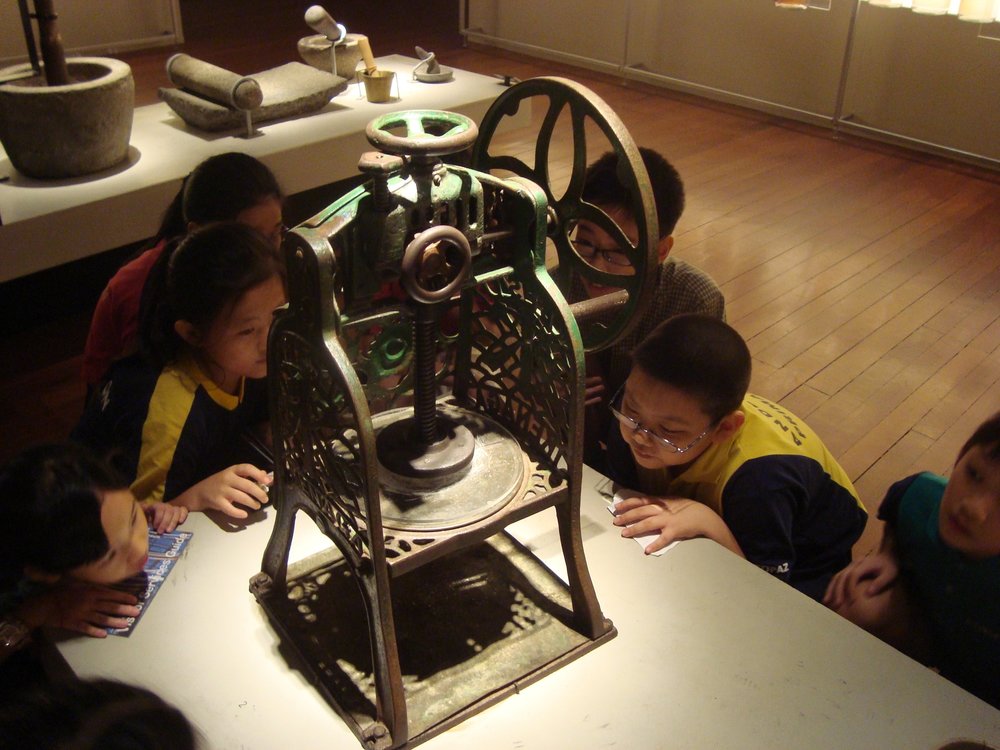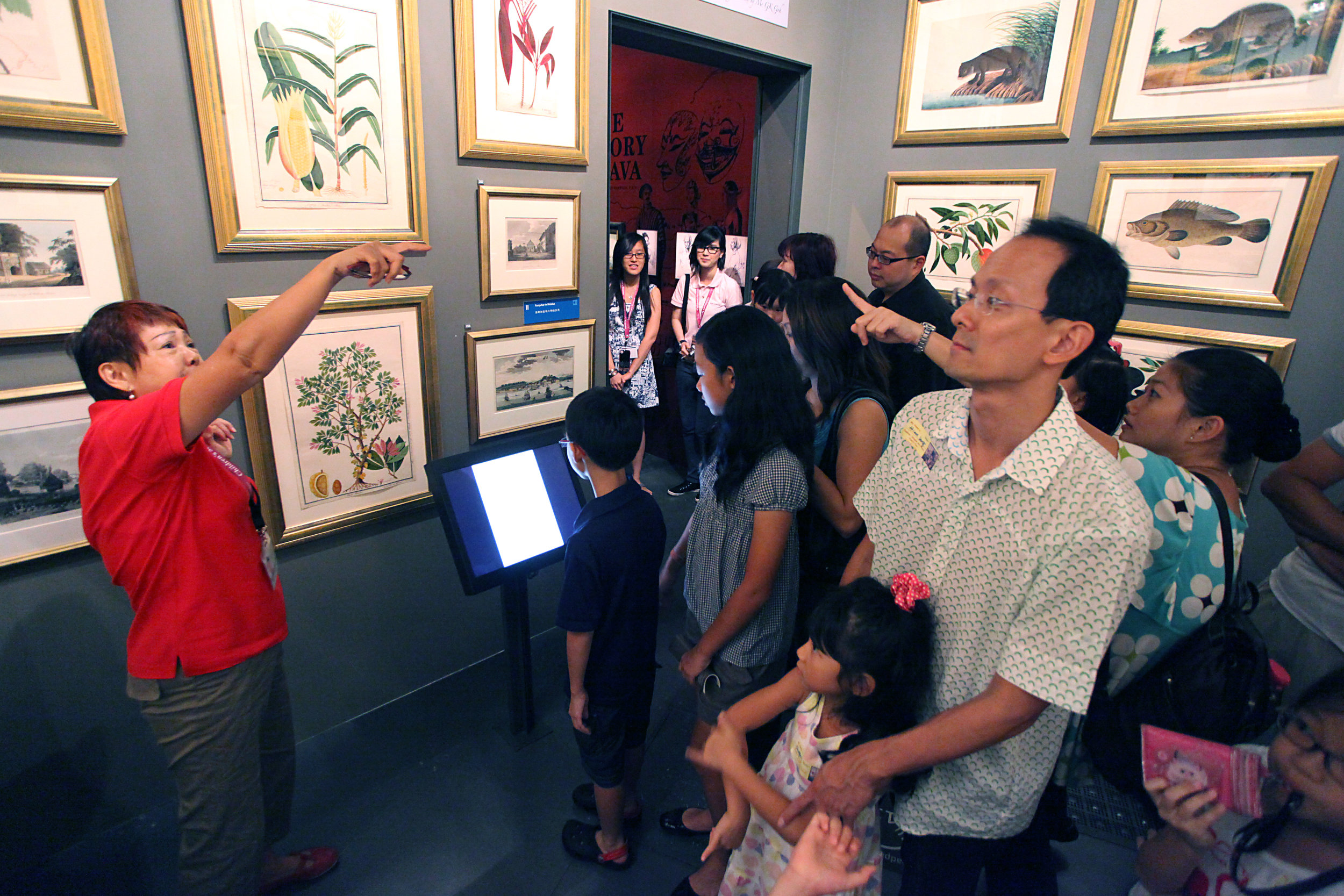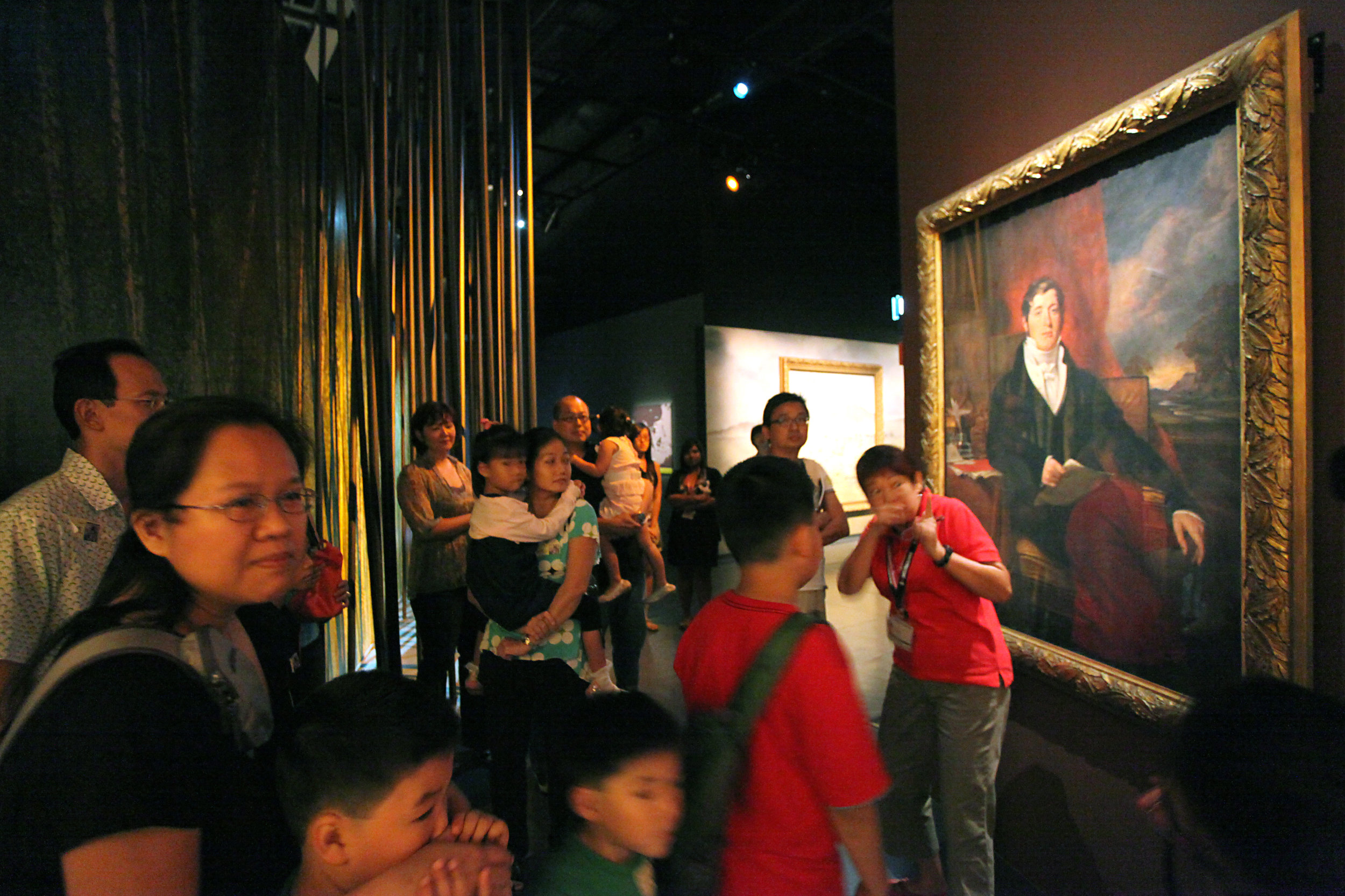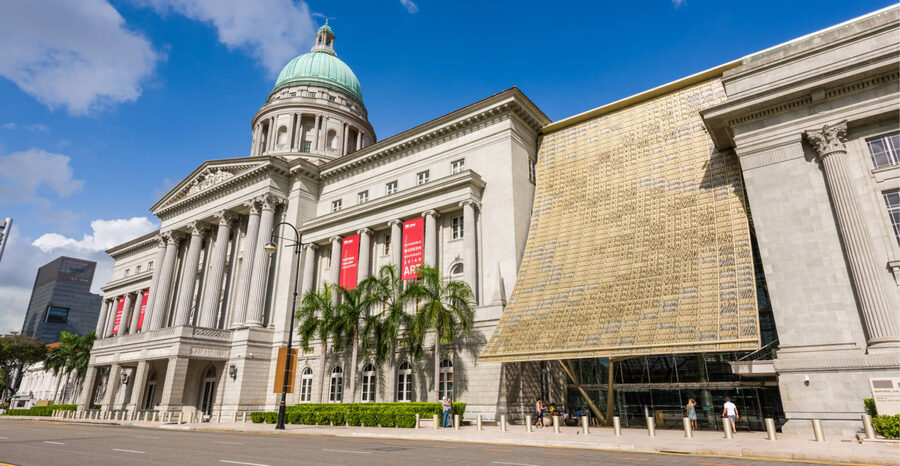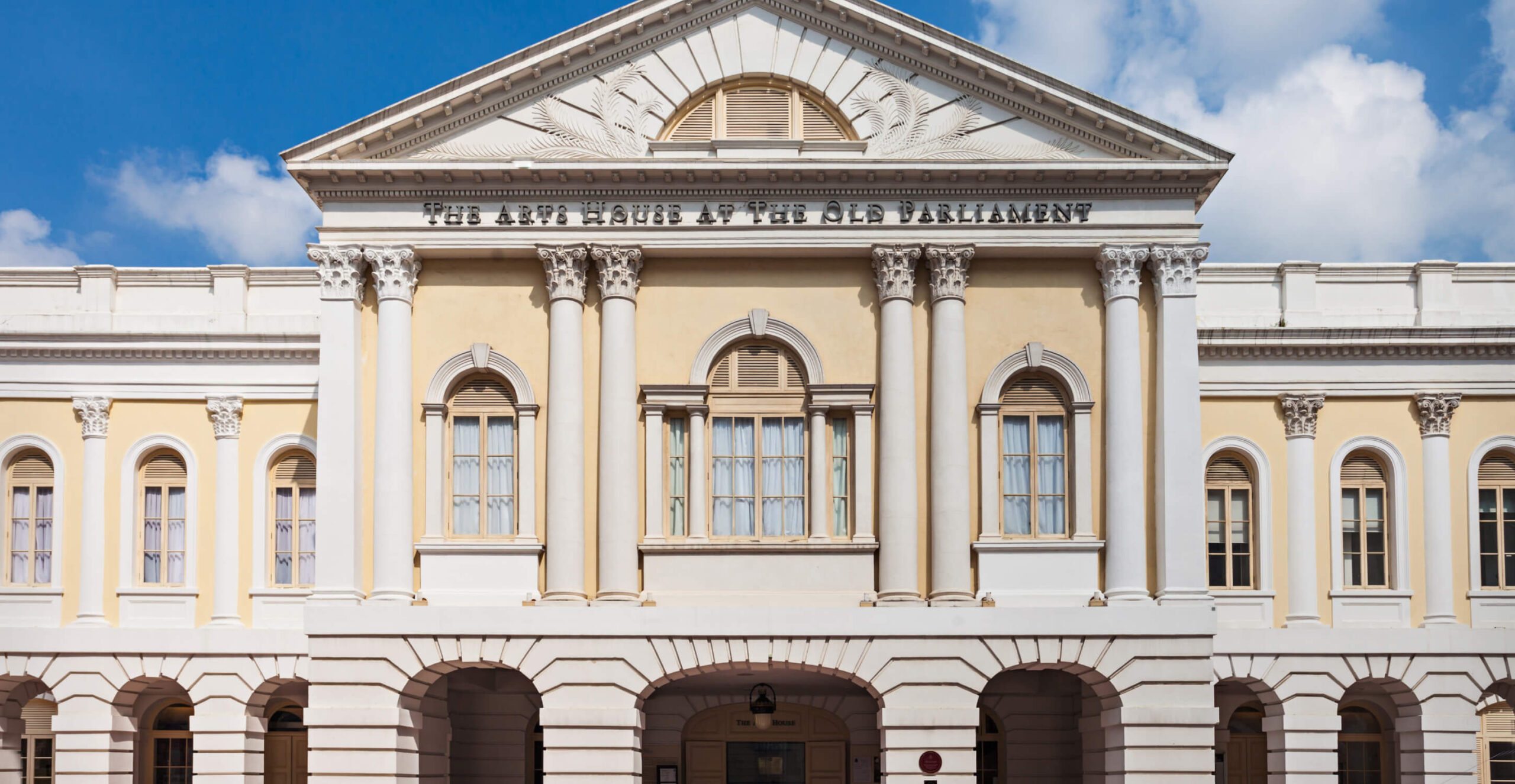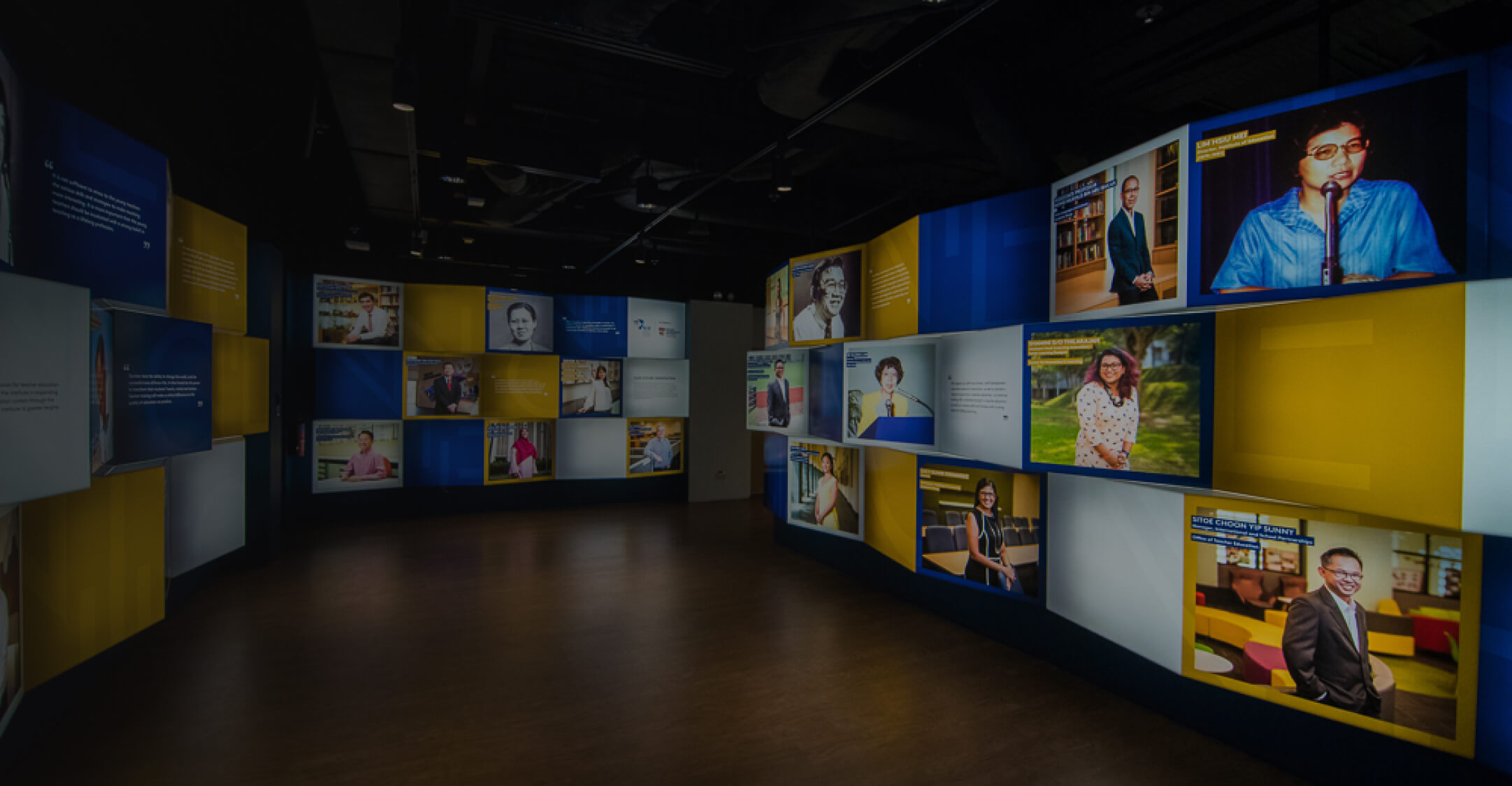National Museum of Singapore Engagement Strategy
The National Museum of Singapore (NMS) is the nation’s oldest museum and a significant cultural and architectural landmark. As a custodian of Singapore’s historical artefacts, NMS is dedicated to preserving and sharing the stories of Singapore’s rich history and culture with both locals and visitors. NMS aims to foster a museum-going culture in Singapore and to be recognised as the nation’s leading arts and cultural institution for education, entertainment, and social engagement.
HOL partnered with NMS to develop and implement audience engagement strategies tailored for the general public, with a strong focus on families and school children. The objective was to transform NMS into a modern and dynamic venue of choice for both Singaporeans and tourists, aligning with NMS’s vision to become a cornerstone of national history and cultural heritage.


